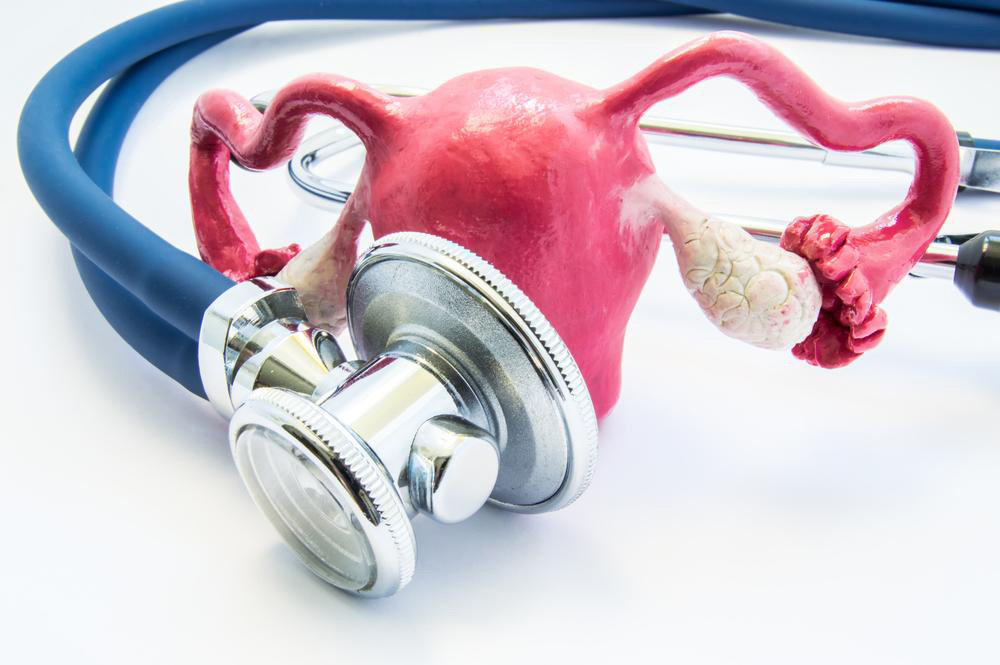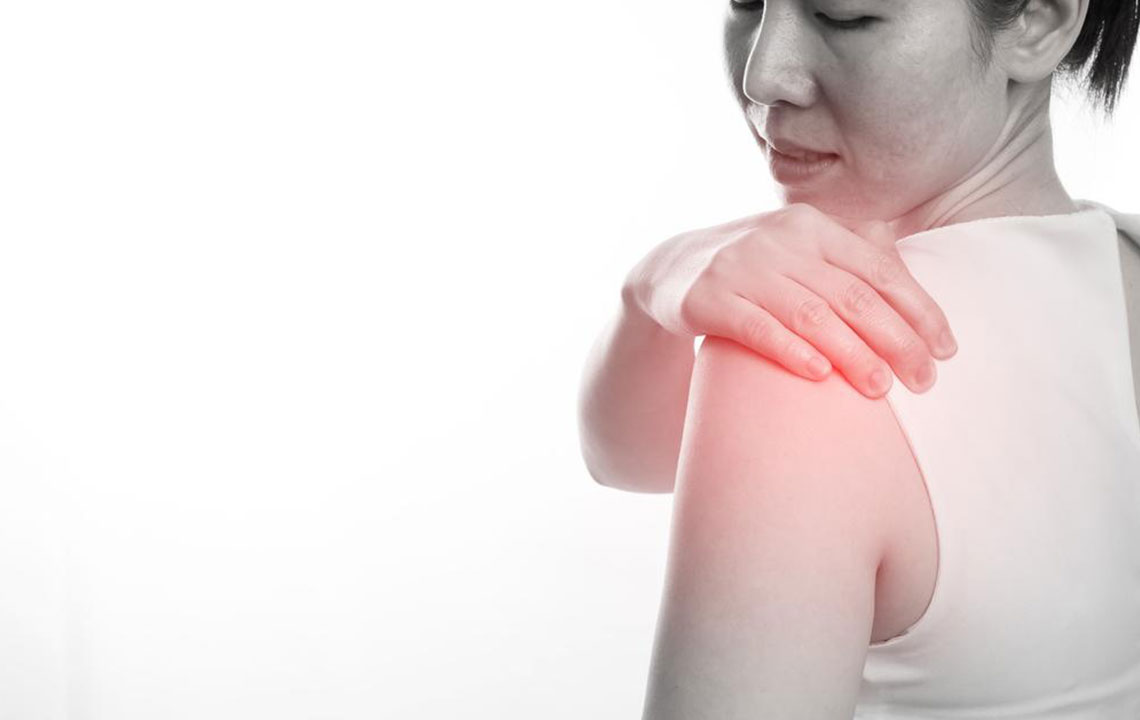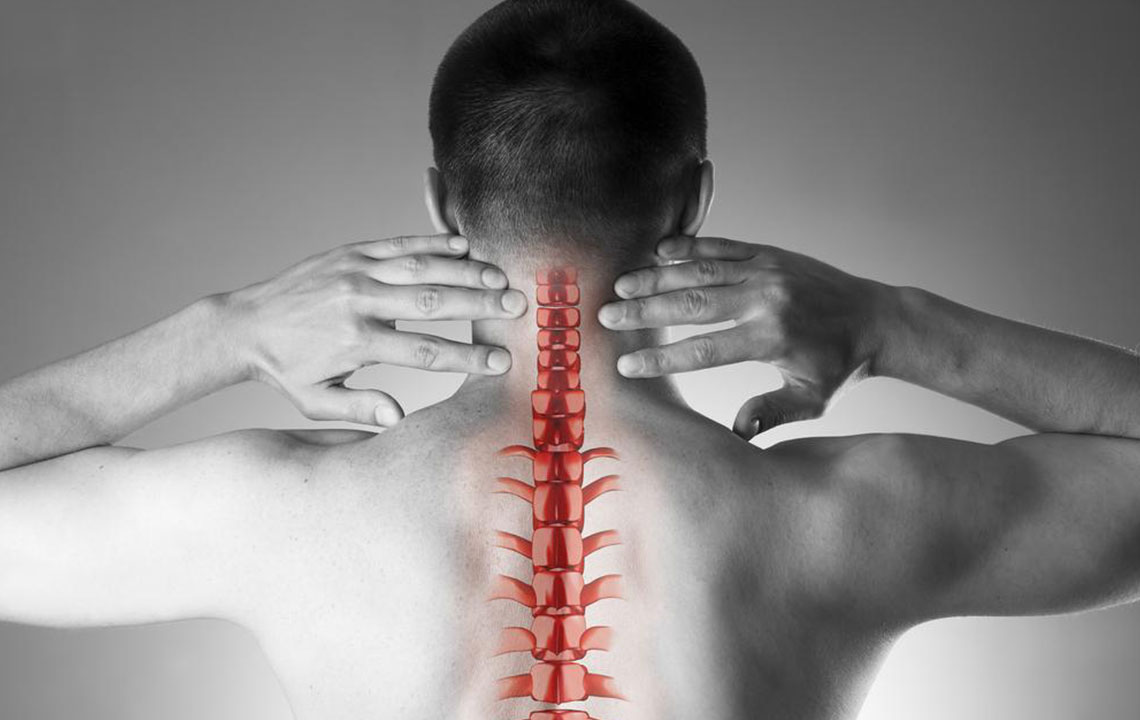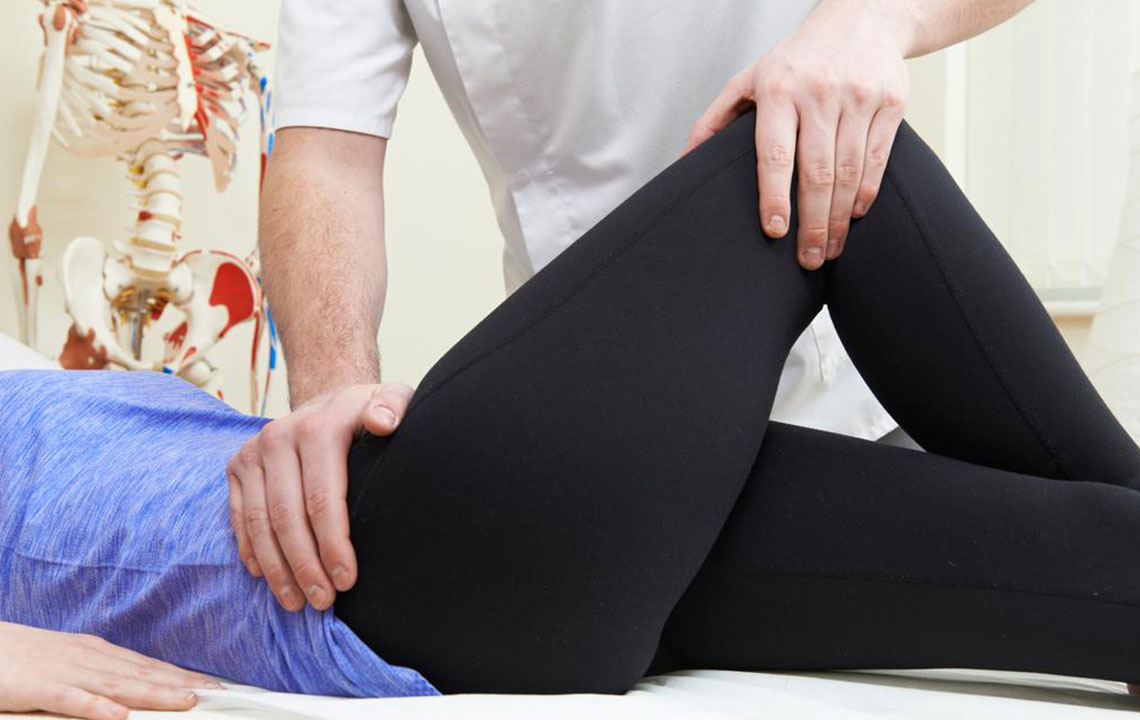Types of Shoulder Rotator Cuff Repair Procedures Explained
Explore various shoulder rotator cuff repair techniques, including open, arthroscopic, and mini-open surgeries. Learn about indications, procedures, recovery tips, and preoperative preparations to make informed decisions about shoulder health and treatment options.
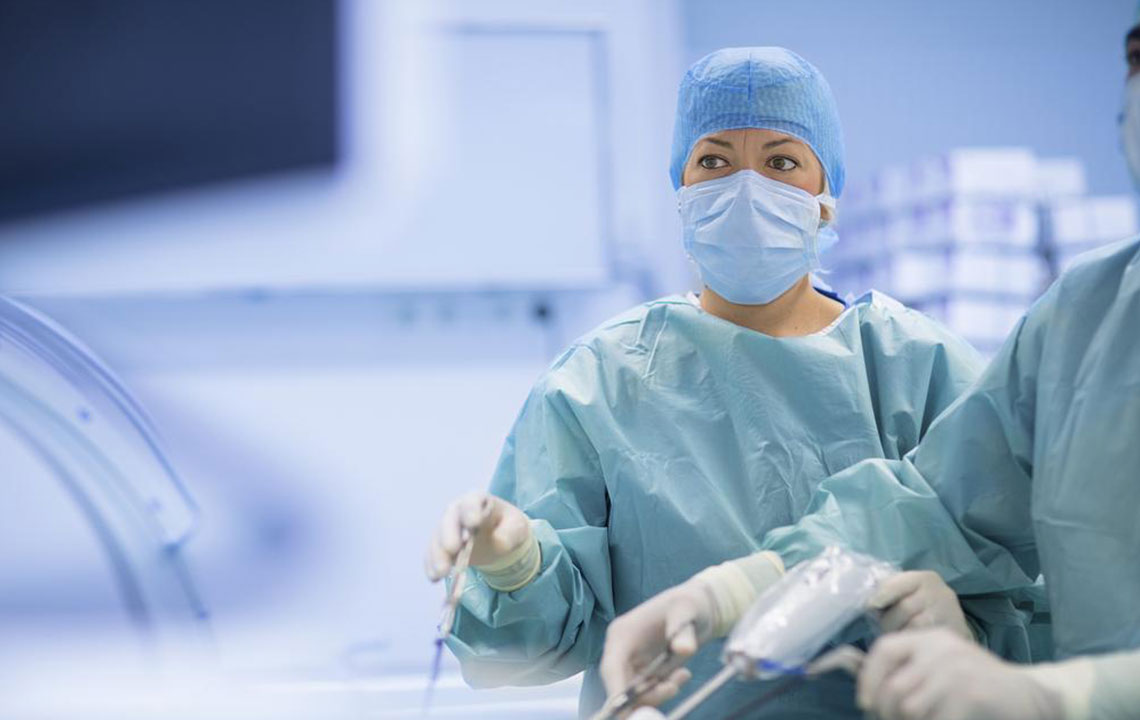
Understanding Different Shoulder Rotator Cuff Repair Methods
Rotator cuff repair involves surgically fixing a torn shoulder tendon. There are three main surgical approaches: open repair, arthroscopic repair, and combined mini-open repair. Each technique is selected based on the tear size and patient condition.
Open Shoulder Surgery
This method requires a large incision over the shoulder, allowing the surgeon to access and repair extensive or complicated tears by separating shoulder muscles.
Open Repair Indications
Large or complex tears
Need for tendon transfers or reconstruction
Severe rotator cuff damage requiring advanced procedures
In instances where tendons cannot be reattached to the humerus, surgeons may use a donor tendon, such as the latissimus dorsi, from another body part. Bone spurs causing pain and dysfunction are often removed during surgery.
Arthroscopic Shoulder Repair
This minimally invasive outpatient procedure is suitable for small to medium tears (up to 3 centimeters). It involves small incisions through which a camera and surgical tools are inserted, leading to less pain and quicker recovery.
Mini-Open Repair Approach
This combines arthroscopic assessment and a smaller open incision (1-5 inches), allowing direct repair without detaching shoulder muscles, making it less invasive than traditional open surgery.
Choosing the Best Surgery
All three options yield similar outcomes regarding strength, pain relief, and shoulder function. The decision depends on factors like tear size, patient anatomy, tissue condition, and surgeon expertise.
Surgical Process Overview
Cleaning debris in the rotator cuff area
Creating space to prevent inflammation and strain
Stitching torn tendons and aligning them with the humerus
Most procedures are outpatient, requiring minimal hospital stay. Proper preoperative planning and care are essential for successful recovery.Pre-Surgery Medical Guidelines
Discontinue certain medications or supplements two weeks prior, especially blood thinners
Consult a doctor if affected by diabetes, heart issues, or other conditions
Discuss rehabilitation plans with a physical therapist
Rest well the night before surgery
Arrange for assistance during initial recovery due to restricted arm movement
Proper health preparation before surgery ensures smoother procedures and recovery. Address any infections or skin conditions beforehand for optimal results.
